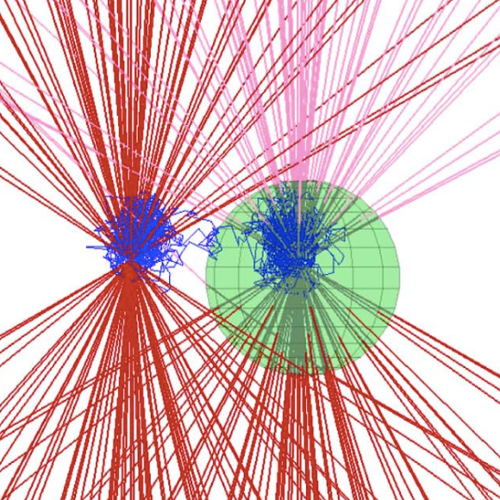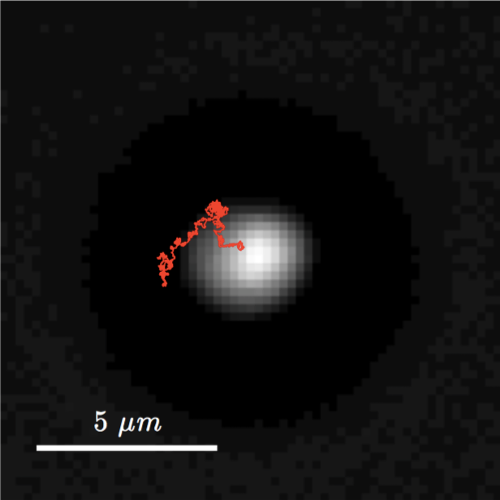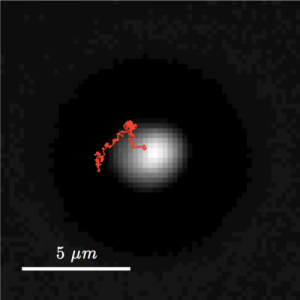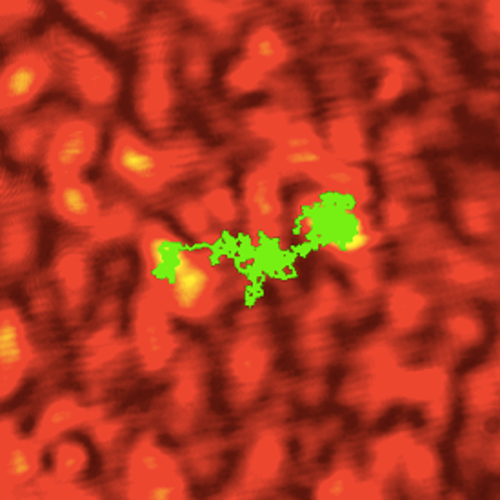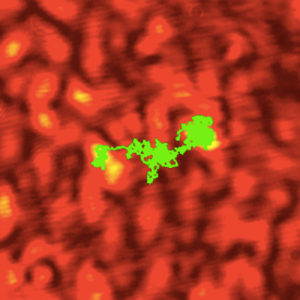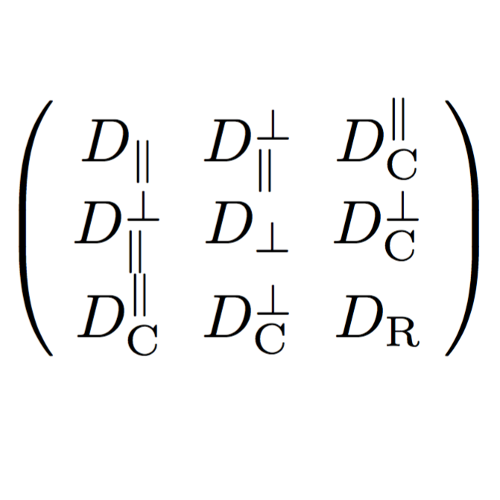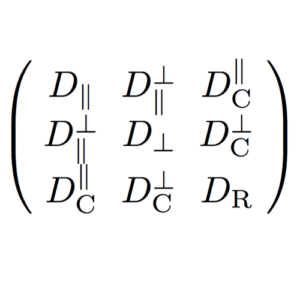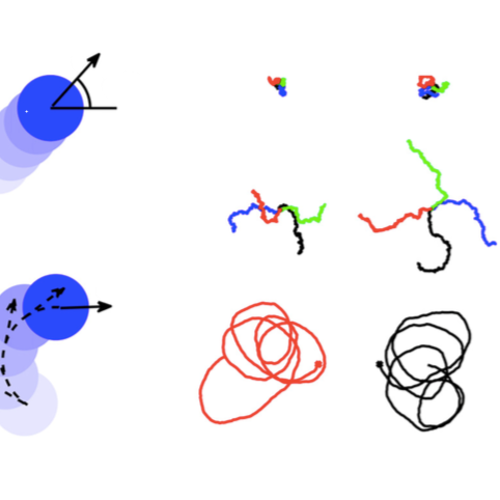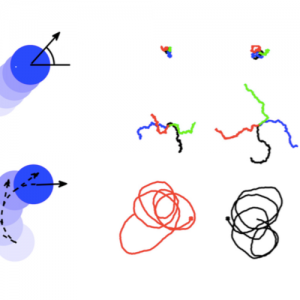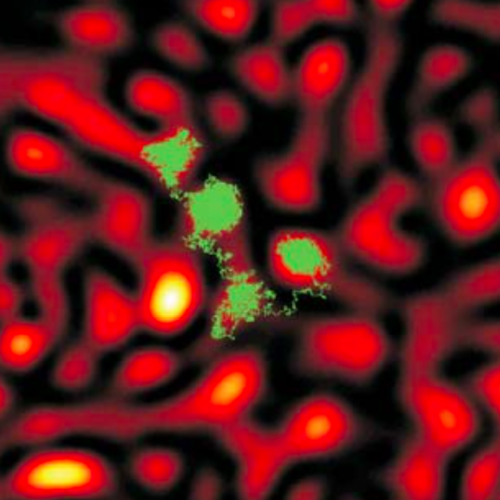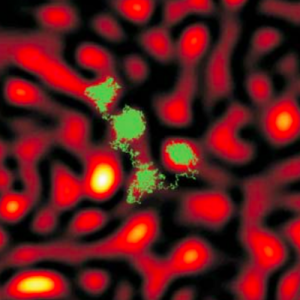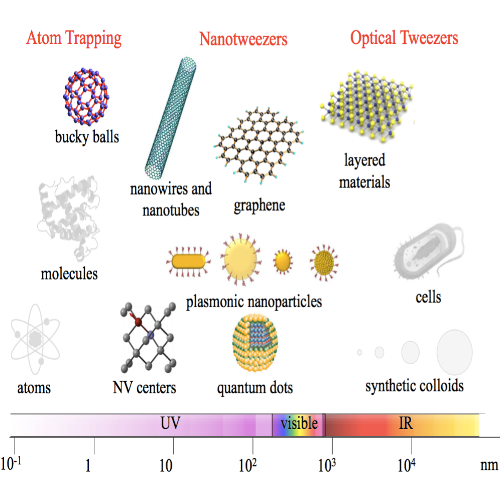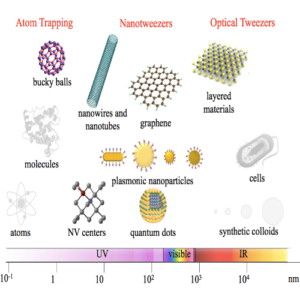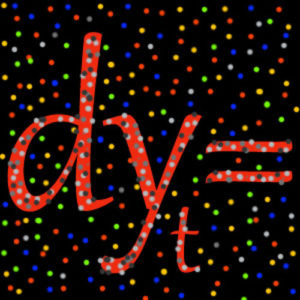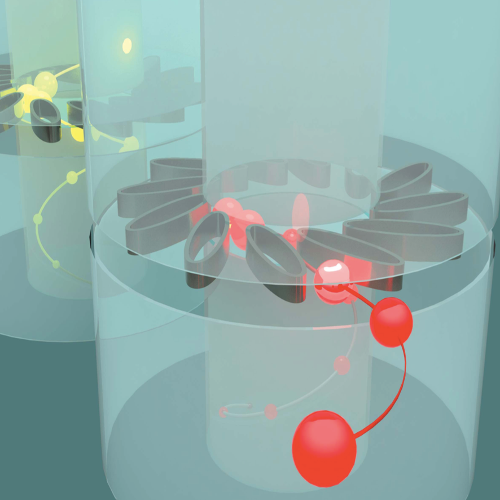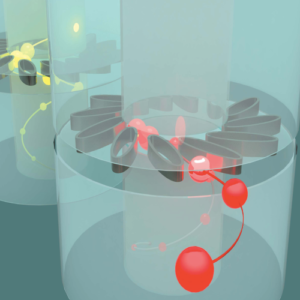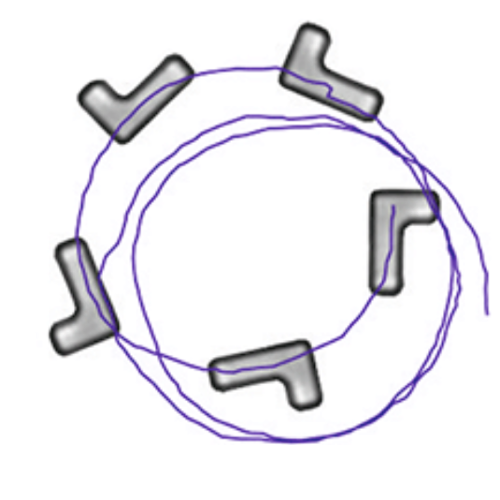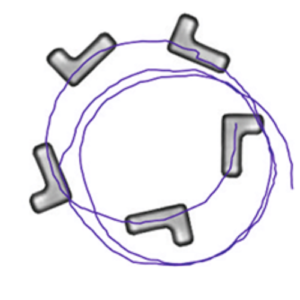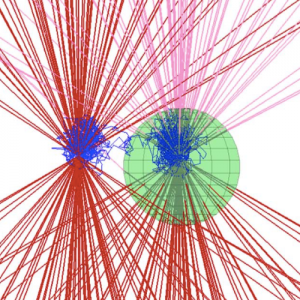
Computational toolbox for optical tweezers in geometrical optics
Agnese Callegari, Mite Mijalkov, Burak Gököz & Giovanni Volpe
Journal of the Optical Society of America B 32(5), B11—B19 (2015)
DOI: 10.1364/JOSAB.32.000B11
arXiv: 1402.5439
Optical tweezers have found widespread application in many fields, from physics to biology. Here, we explain in detail how optical forces and torques can be described within the geometrical optics approximation, and we show that this approximation provides reliable results in agreement with experiments for particles whose characteristic dimensions are larger than the wavelength of the trapping light. Furthermore, we provide an object-oriented software package implemented in MATLAB for the calculation of optical forces and torques in the geometrical optics regime: Optical Tweezers in Geometrical Optics (OTGO). We provide all source codes for OTGO as well as documentation and code examples—e.g., standard optical tweezers, optical tweezers with elon- gated particles, the windmill effect, and Kramers transitions between two optical traps—necessary to enable users to effectively employ it in their research.
